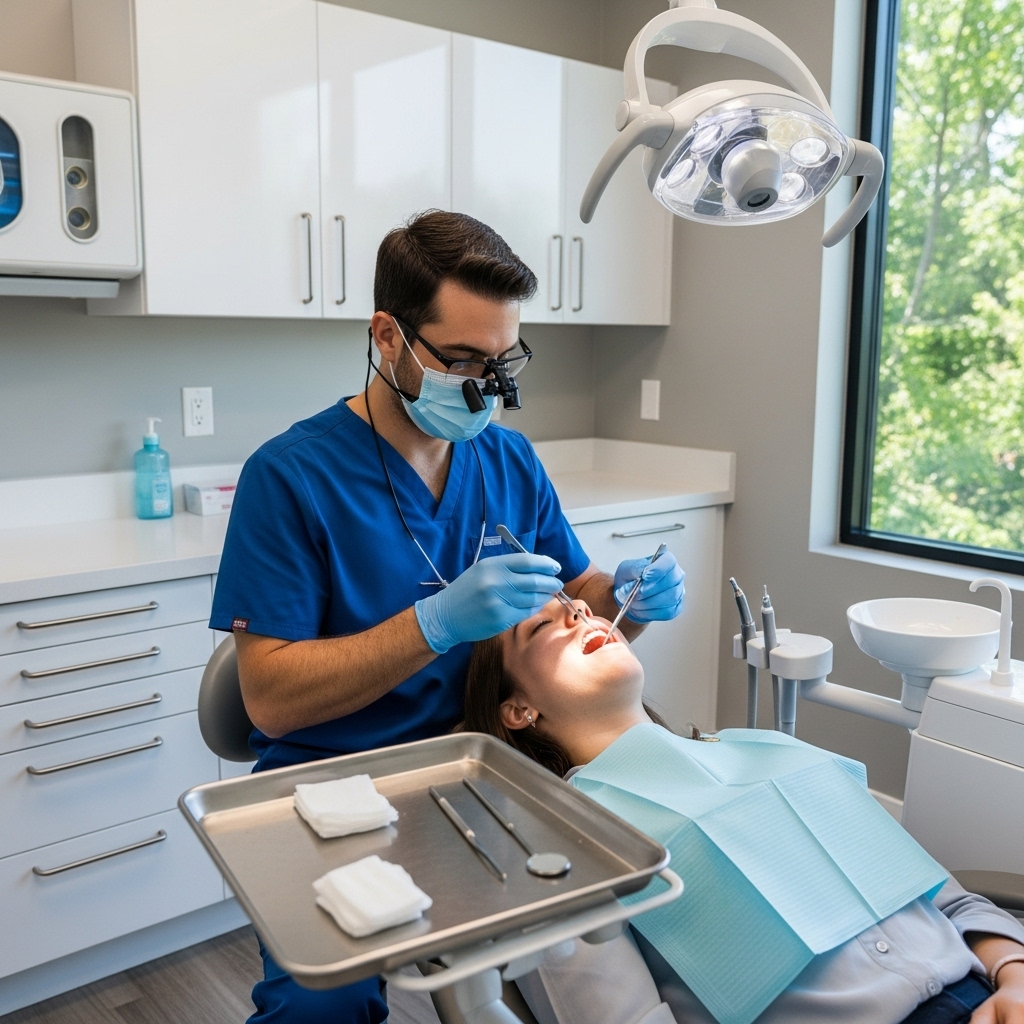Dental emergencies can happen at any time, and knowing when to seek immediate care can make all the difference in preserving your oral health. Understanding the signs that indicate you should visit an emergency dentist can help prevent long-term damage and alleviate discomfort. This guide provides key insights and advice on when it’s essential to visit an emergency dentist.
Recognizing Severe Pain and Discomfort
One of the most common reasons people visit an emergency dentist is due to severe pain or discomfort. If you’re experiencing persistent or intense tooth pain that doesn’t subside with over-the-counter pain relievers, it’s a clear sign that something may be wrong. Conditions like tooth infections or abscesses can cause throbbing pain and require immediate attention to prevent further complications.
Another reason for visiting an emergency dentist is if you have a broken or cracked tooth. A fractured tooth can cause pain, particularly when chewing or drinking, and may expose the sensitive inner layers of the tooth. If left untreated, a broken tooth can worsen and lead to an infection, so it’s important to seek care as soon as possible.
In some cases, the pain could be due to a dental abscess or a severe cavity that has reached the pulp of the tooth. If you notice swelling around the affected area, fever, or foul-tasting drainage, it’s essential to visit an emergency dentist right away. These symptoms indicate that the infection is spreading and may require antibiotics or a root canal procedure.
Handling Accidents and Trauma
Accidents and injuries to the mouth can result in significant dental trauma that requires immediate attention. If you’ve experienced a blow to the face, such as during sports or a fall, and are dealing with a knocked-out or loose tooth, it’s vital to see an emergency dentist as soon as possible. A tooth that has been knocked out can sometimes be saved if it is re-implanted within an hour, so prompt care is critical.
Additionally, if you experience a dislodged filling or crown, it can cause sensitivity or discomfort, making it difficult to eat or drink. While this may not always be as urgent as other emergencies, visiting an emergency dentist can prevent further damage or discomfort, ensuring the restoration is properly reattached or replaced.
Another common scenario where you should visit an emergency dentist is if you have soft tissue injuries, such as cuts or tears to the gums, tongue, or lips. These injuries can bleed heavily and may require stitches to stop the bleeding and promote proper healing. An emergency dentist can assess the extent of the injury and provide appropriate treatment.
Ultimately, knowing when to visit an emergency dentist is crucial for protecting your dental health. If you experience severe pain, trauma, or any unusual symptoms such as swelling or bleeding, it’s important to act quickly. Delaying treatment could result in long-term damage, increased discomfort, and higher costs for repairs.
Visiting an emergency dentist is necessary when experiencing intense pain, dental trauma, or soft tissue injuries. By recognizing the signs early and seeking timely treatment, you can ensure that your dental health remains intact and prevent more serious complications down the road. Whether you’re dealing with a broken tooth or a severe infection, an emergency dentist is equipped to provide the care you need when you need it most.
Read More:
Emergency Dentist: How They Handle Urgent Dental Situations
What to Expect from an Emergency Dentist: A Comprehensive Overview



